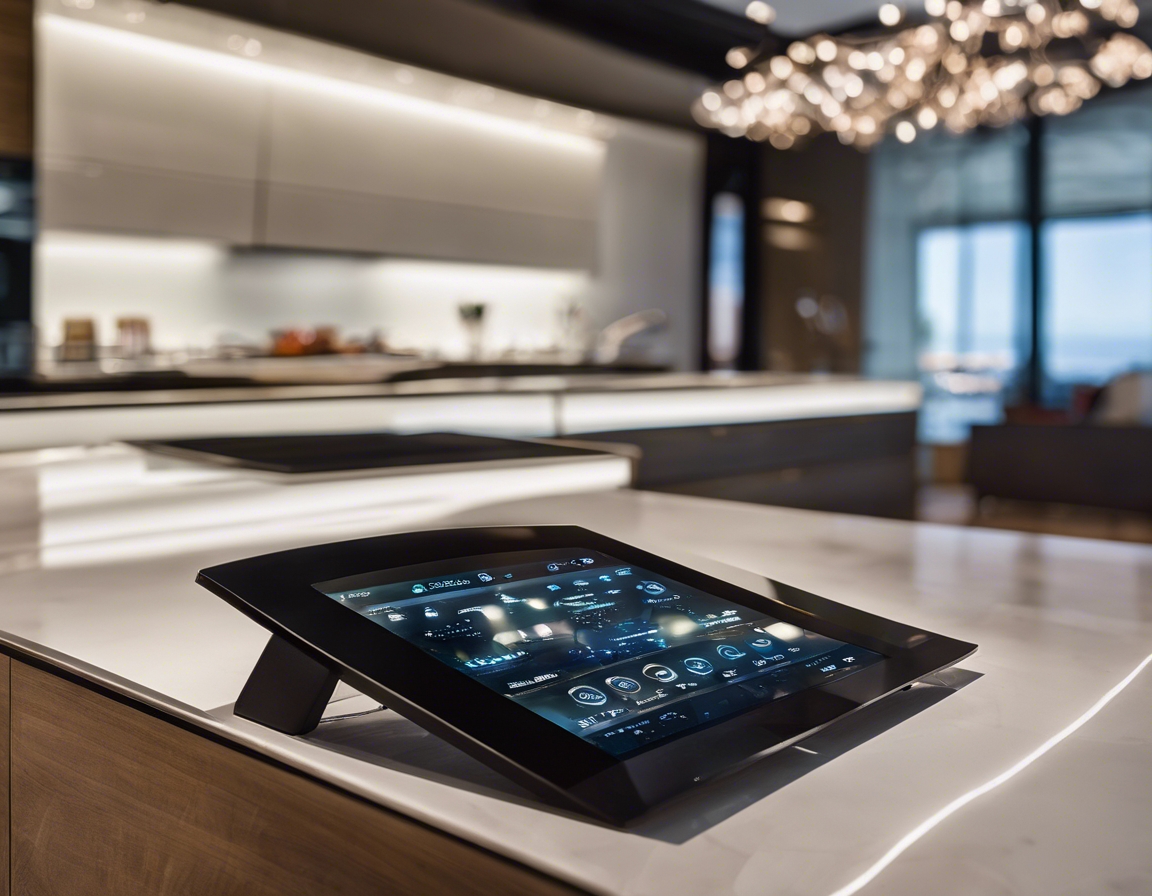5 trends shaping the future of architectural lighting
As we look towards the future of architectural lighting, several key trends are emerging that promise to redefine the way we illuminate our spaces. These trends are not just about aesthetics; they are driven by advancements in technology, a growing awareness of environmental issues, and a deeper understanding of human needs. In this post, we will explore five trends that are set to shape the future of architectural lighting.
1. Human-Centric Lighting Design
Human-centric lighting (HCL) is an approach that aims to improve health and well-being by aligning artificial lighting with the natural circadian rhythms of the human body. This trend is gaining traction as research continues to reveal the impact of light on our biological clocks.
Technological innovations are enabling more sophisticated HCL systems that can mimic the intensity and color temperature of natural light throughout the day. These systems are becoming more accessible and user-friendly, allowing for wider adoption in architectural projects.
The benefits of HCL are numerous, including improved sleep quality, enhanced mood, and increased productivity. As awareness grows, architects and designers are incorporating HCL into their projects to create spaces that support the health and well-being of occupants.
2. Smart Lighting and IoT Integration
Smart lighting systems that adapt to the needs of users are becoming more prevalent. These systems use sensors and IoT technology to adjust lighting based on occupancy, time of day, and even weather conditions.
With a focus on sustainability, smart lighting systems are also being designed to optimize energy use, reducing the carbon footprint of buildings and contributing to a greener planet.
The integration of smart lighting with other building systems can enhance the overall user experience, offering unprecedented levels of control and customization to occupants.
3. Emphasis on Sustainability and Energy Efficiency
LED technology continues to advance, offering higher efficiency, better color rendering, and longer lifespans. This is leading to a widespread adoption of LEDs as the preferred lighting solution for both indoor and outdoor applications.
Architectural lighting is increasingly being powered by renewable energy sources, such as solar or wind power, further reducing the environmental impact of lighting solutions.
Regulations and certifications are pushing the industry towards more sustainable practices. Architects and designers are now more than ever required to consider the environmental impact of their lighting choices.
4. Dynamic and Responsive Lighting
Lighting is becoming an interactive element within architectural spaces, with installations that respond to movement, touch, or sound, creating immersive environments.
Dynamic lighting is also being used as a tool for communication, conveying information or setting the mood in a space through changes in color or intensity.
As technology advances, lighting systems offer greater levels of customization, allowing users to personalize their lighting experience to suit their preferences or activities.
5. Aesthetic Integration in Architecture
Lighting is being integrated into the architectural fabric of buildings, creating a seamless blend between light and structure. This trend is about creating a cohesive visual experience where lighting enhances the architectural design without overpowering it.
Advancements in materials and lighting technology are allowing designers to experiment with how light interacts with different surfaces, creating unique visual effects and enhancing the texture of materials.
Finally, lighting is being used as a bold statement in architecture, with designers using light to highlight architectural features, create focal points, and express the identity of a space.






Comments (0)